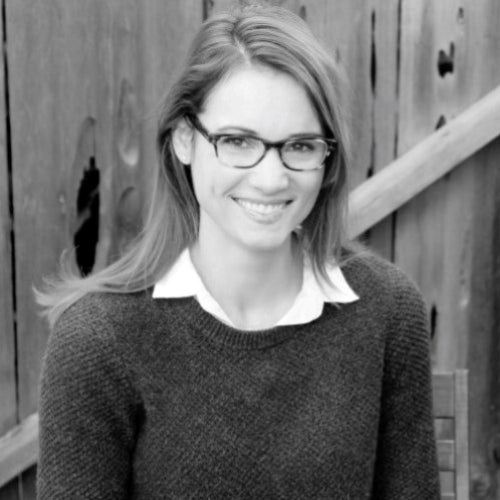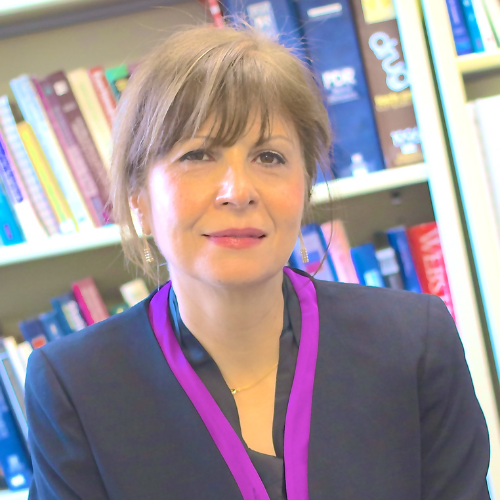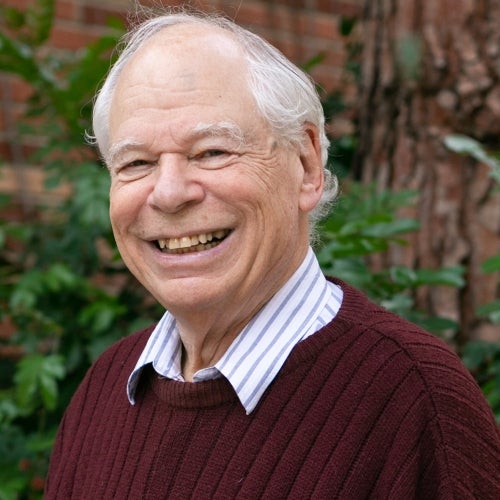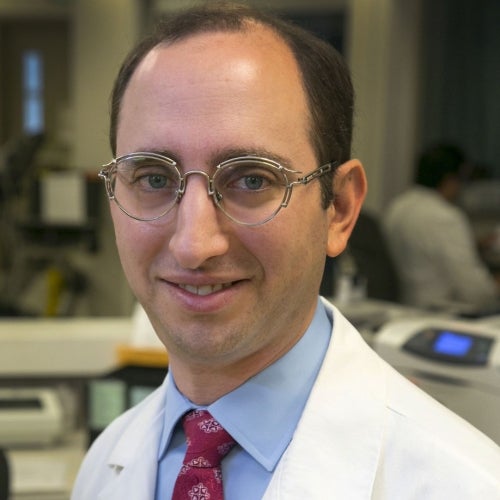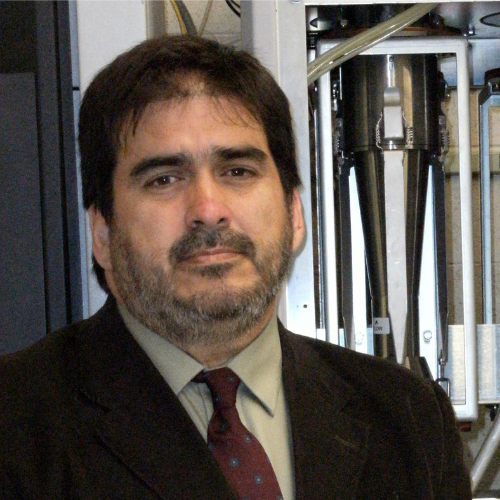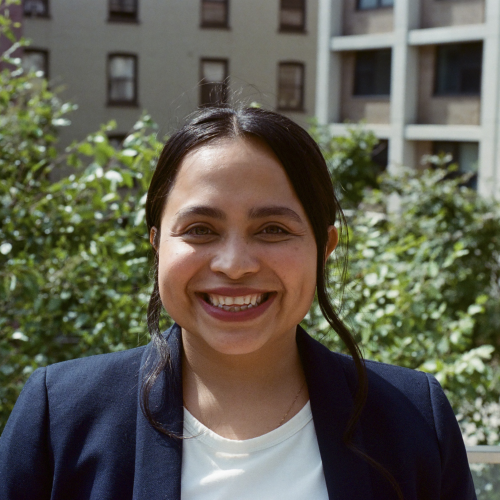Exposing Environmental Injustices

For anyone driving to the UCLA Fielding School of Public Health in the 1960s and 1970s, the most vexing local environmental health challenge could be seen out of the car window, shrouding the surrounding mountains and blurring the downtown skyline. But aggressive regulatory policies and critical contributions from UCLA Fielding faculty and alums drastically improved air quality in one of the world’s smoggiest regions. In 2020s California, too often the air is polluted by wildfires — one of many increasingly frequent and severe weather-related events associated with our changing climate. In recent years, it has become clear that climate change is more than a weather phenomenon; it’s a dire public health concern. What’s more, the public health burdens from climate change, as with other environmental health issues, are disproportionately shouldered by low-income communities and communities of color.
Since joining the UCLA Fielding faculty in 1995, Dr. Beate Ritz (image, right) has been an international leader in illuminating the increased risks of chronic diseases — including neurodegenerative disorders, cancers, adverse birth outcomes, and asthma — from exposure to pesticides, air pollution, and other environmental toxins. Dr. Lara Cushing (image, left), a member of the FSPH faculty since 2020, focuses on patterns and consequences of social inequalities in exposure to environmental hazards in the context of air pollution and hazardous sites, urban green space and heat islands, oil and gas drilling, drinking-water quality, and sea-level rise. Both Ritz, a professor in the departments of epidemiology and environmental health sciences, and Cushing, assistant professor in the Department of Environmental Health Sciences and the Jonathan and Karin Fielding Presidential Chair in Health Equity at UCLA FSPH, have collaborated with communities and policymakers to address the environmental injustices their work exposes.

THE TWO OF YOU CAME TO UCLA FIELDING 25 YEARS APART. AS SCHOLARS INTERESTED IN ENVIRONMENTAL IMPACT, WHAT DREW YOU TO THE SCHOOL?
BEATE RITZ: When I got here, we had some of the greats in terms of air pollution research — Arthur Winer doing amazing atmospheric modeling, John Froines leading the Southern California Particle Center and Supersite, Bill Hinds conducting meticulous air pollution measurements. But I was the first at our school to do environmental epidemiology. The field was just getting started. And for me, California presented two key issues: air pollution and pesticide exposures. I started with a project on air pollution and vulnerable populations in Los Angeles, and another in the Central Valley on the health effects of pesticide exposures. In the last 30 years, I’ve continued to follow those two angles.
LARA CUSHING: When I joined the faculty, I was already very aware of Beate’s work, because I study exposure to environmental hazards during pregnancy and she was a pioneer in the use of administrative birth records to look at those exposures. In general, what attracted me to the school was the collaborative spirit of the faculty and the diversity of disciplines, including a critical mass of scholars interested in issues of the environment, sustainability, social justice, and community-engaged scholarship. I saw it as a place where I could contribute new advances at the interface of science and policy to advance environmental health and health equity.
WHAT SPARKED YOUR INTEREST IN THE FIELD OF ENVIRONMENTAL JUSTICE?
BR: I started as a physician but was drawn to public health because I thought, with all the systemic forces at work, reducing exposures and improving systems could reach a lot more people than treating the illnesses resulting from these forces. I’m also from a rural environment, and always felt a kinship to people who work the earth for a living or have to live from low-wage jobs.
LC: I also spent a lot of time in nature as a young person and had a fascination with the way natural systems work. At the same time, I grew up about an hour from the U.S.-Mexico border, which to me is one of the starkest reminders of social inequality and how where you’re born structures the opportunities you have.
HOW HAVE ISSUES OF ENVIRONMENTAL JUSTICE CHANGED OVER THE YEARS?
LC: Unfortunately, not much has changed. We still have stark inequalities along race and class lines in who is living near pollution sources and who is most exposed to environmental hazards. What has changed is a greater awareness and appreciation within the scientific community for the importance of environmental justice. Advocates have pushed scientists to consider social inequalities in exposures and their implications, and to think more holistically. Low-income communities and communities of color are disproportionately exposed to multiple environmental hazards, and often dealing with social stressors that can exacerbate health effects. Pollutants and industries are regulated in isolation, but the lived experience is that there are cumulative impacts and synergistic effects that may drive health inequalities. We now have a better scientific understanding of cumulative impacts and ways to identify solutions that will help achieve environmental justice.
BR: All of the work that’s been done, including here at our school, has cleaned up the air quite a bit in L.A., and when we clean up the environment in general, that helps everyone. But it hasn’t been enough for the most vulnerable. When I drive toward Malibu I see Priuses and Teslas on the road, and I know there’s very little exhaust. When I go downtown or toward ports, I see trucks on the freeways and older high-exhaust vehicles in neighborhoods and I can smell the air. So there are still big differences in the concentration of the pollution sources across neighborhoods.
WHAT IMPACT IS CLIMATE CHANGE HAVING ON THESE INEQUALITIES?
LC: Climate change is exacerbating environmental inequalities. We know, for example, that low-income communities and communities of color are disproportionately impacted by extreme weather events and other climate-related hazards like wildfires or flooding that are going to become more frequent and more severe. Extreme weather events can lead to contaminant releases from industrial facilities and hazardous waste sites, and because marginalized communities are more likely to live on the fence line of industry, they’re disproportionately impacted by any resulting exposures. The reverse is also true — the systemic drivers of social inequality contribute to greenhouse gas emissions. Countries with the greatest degrees of wealth and political inequality tend to pollute more, and social inequities can lead to “sacrifice zones” where pollution is concentrated.
BR: The resilience is also unequal. In more affluent communities, people can have good insurance that helps them rebuild after a fire or mudslide, and they are more likely to have the social and economic resources if they need to evacuate. For people in low-income communities, if they lose a workday or can’t get their kids to school, the brunt of the impact is much worse.
FOR STUDENTS WHO ARE GOING TO BE FUTURE LEADERS ON THESE ISSUES, WHAT ARE THE SKILLS THAT ARE MOST NEEDED?
BR: More than anything else, it’s critical thinking — an understanding of how to ask questions that are impactful, and not get lost in the details and technical aspects of the work — and the ability to better communicate the scientific results we generate to various constituents, and especially the public.
LC: I completely agree. The ability to collaborate across disciplines is also important. Environmental and public health challenges intersect with economics, with engineering, with the social sciences, with the behavioral sciences. The more we can train students in team science and how to effectively collaborate with communities, the more effective they will be.
WITH SO MUCH TO BE CONCERNED ABOUT, WHAT IS IT THAT LEAVES YOU FEELING HOPEFUL?
BR: The forces of nature have given us no choice but to face climate change, and sometimes you need that big push. I’m hoping this will force us to deal with energy production and how we build and treat our environment, because we have to make that change if we want to survive as a species. At least in California, we can see some of that already happening. It also gives me hope to see young people waking up to this threat. In the International Society for Environmental Epidemiology, my professional organization with a strong focus on climate change and human and planetary health, a third of our members are students and young researchers.
LC: We know what we need to do, and the vast majority of people agree that we should be taking action. We have barriers in terms of enacting that vision, and we need to change our politics and address issues like voting rights and gerrymandering so that the values and opinions of the people are reflected in the policies of our government. But we have the numbers to bring about a more sustainable and equitable future.

Faculty Referenced in this Article

Dr. Hankinson is a Distinguished Professor of Pathology and Laboratory Medicine, and of EHS, and Chair of the Molecular Toxicology IDP

Industrial Hygiene & Analytical Chemistry

Associate Professor for Industrial Hygiene and Environmental Health Sciences


